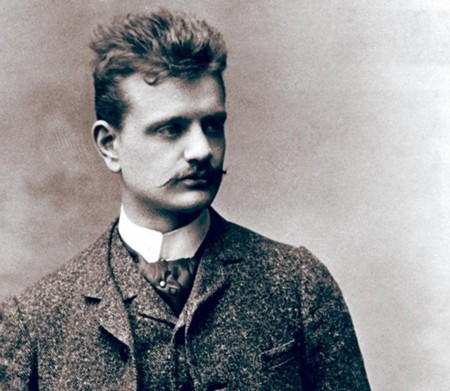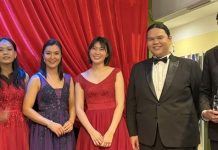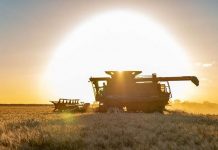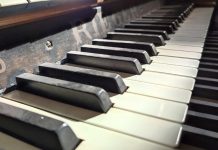
Perhaps you might have come across that fascinating computer game called Geoguessr. When you log into it, a photo of some random place in the world appears on the screen and you have to search for various clues to guess exactly where you are. It’s based on Google Street View and so you can move around or even travel a considerable distance until you find enough clues to establish your whereabouts. It is hopelessly addictive. Anyway, the other day I logged in and found myself in a grim and joyless landscape, on a single-track narrow road with snow everywhere, gaunt-looking trees for miles around and an ominous sense of Poe-like bleakness. There was a compelling need to follow the road, which of course is the object of the exercise. There was not a vehicle in sight, not even a house or other sign of life. I clicked my way along the dismal track until I could bear no more but then suddenly reached a main highway where I found a sign giving the name of what eventually turned out to be a small and inconsequential town in northern Finland. The countryside brought to mind some of the dark, brooding music of Sibelius who of course was Finnish and would have probably felt perfectly at home in this haunting, monochrome place.
Sibelius had a musical style that is almost instantly recognizable and so often his music seems to conjure up a vivid sense of place; images of lakes and forests that are so typical of the Finnish landscape. In Britain he is probably best known for the opening movement of his suite Pelléas et Mélisande which was used as the theme of the world’s longest-running TV programme, the BBC’s The Sky at Night. It was first broadcast in 1957 and it’s still going.
Born in 1865 as Johan Julius Christian Sibelius, he was the most important and influential composer that Finland has produced and he began using the French form of his name, “Jean” during his student years. In his seven symphonies, he developed a style of composing in which tiny phrases continuously evolve into a fully grown melody. It’s like seeing – or rather hearing – organic cells gradually merging together and becoming transformed into a complete living being. I have a feeling that Charles Darwin would probably have appreciated it.
This is one of the composer’s more introvert pieces; music which transports you into a secret and mysterious world of brooding shadowy landscapes. The piece is virtually a solo for cor anglais (a kind of alto oboe) and this exceptional performance is conducted by the Israeli conductor, Avi Ostrowsky and features the evocative cor anglais playing of Ingrid Uddu. Composed in 1895 when Sibelius was thirty, this short tone poem is part of the composer’s Lemminkäinen Suite which is based on a story from the nineteenth century Kalevala, one of the most significant works of Finnish literature. The piece is scored for a comparatively small orchestra and the music paints an unworldly image of a mystical swan floating on the dark, gloomy river around Tuonela, the mythical Finnish island of the dead. The music really seems to transport you there.
Copland also had that extraordinary ability to take the listener to somewhere else. Often, his music sounds “American” and gives you a sense of spacious prairies and summer skies. Even during the first few moments of the music you get a distinct sense of place. This work was commissioned by the ballet dancer and choreographer Martha Graham and first performed in 1944. The ballet tells the story of a spring celebration of nineteenth century American pioneers after having built their new farmhouse in Pennsylvania. The work is full of traditional American themes, including the Shaker song Simple Gifts, which Copland borrowed and wove into the music. You might recognise this tune as the popular hymn Lord of the Dance. These movements are fine examples of orchestration at its best. Interestingly, when Copland wrote the music, he had no title in mind and simply referred to it as the “Ballet for Martha” but before the first performance, she suggested an evocative phrase from a poem by Harold Hart Crane. The phrase as you might have guessed was “Appalachian Spring”. Although the poem is about a journey to meet springtime, the word “spring” in the title refers to a source of water, not to the season.
And strangely enough, having listened to this so very American music, I feel a compelling urge to go back to the computer screen and that same deserted country lane in Northern Finland to continue my search for human life.
 |
 |
 |





